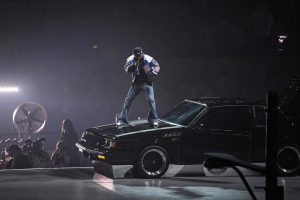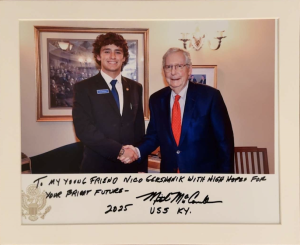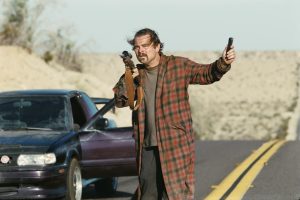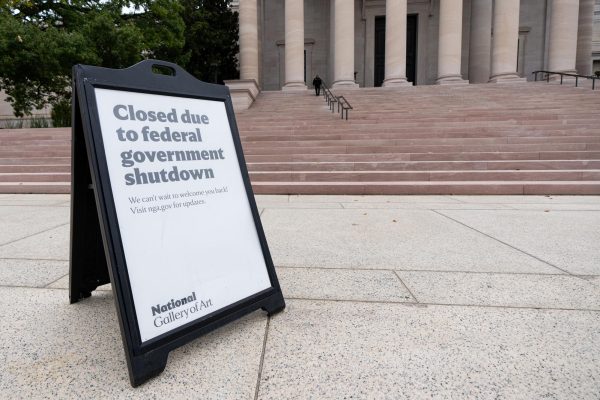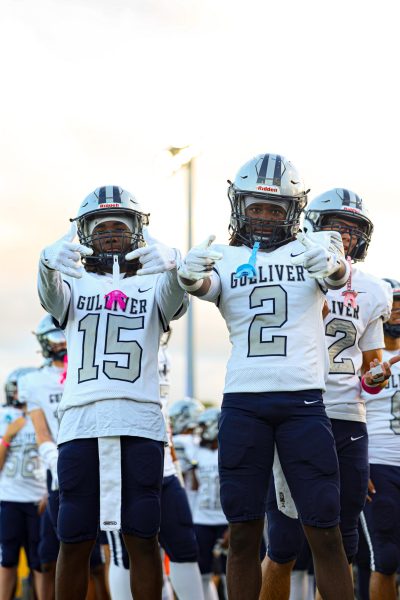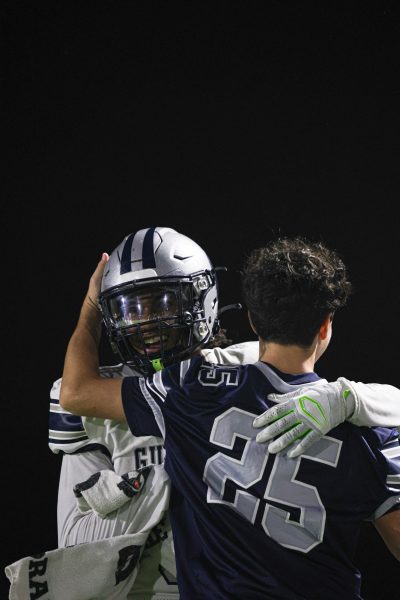Babylon: An Ode to Hollywood
Damien Chazelle’s most recent film to hit the big screen shows a more cynical view of Hollywood, the antithesis to “Singin’ in the Rain”. “Babylon” follows the story of three Hollywood stars played by Margot Robbie, Diego Calva, and Brad Pitt. While Pitt and Robbie were as great as always, Calva outshined his cast members in a stunning performance.
January 20, 2023
Damien Chazelle and Justin Hurwitz collaborate once again to create a movie about ambition and fame. After delivering stunning films like “La La Land” and “Whiplash”, we can surely expect “Babylon” to be just as good, if not better – right?
Justin Hurwitz did in fact deliver another beautiful score that made me want to close my eyes and absorb his composition. His trumpet and piano-heavy soundtrack matched each character’s personality well and took the movie further.
However, the movie lacked developed characters. The two main characters of the film, Nellie (Margot Robbie) and Manny (Diego Calva), lack the realness and heart we see in Chazelle’s other characters like Mia and Sebastian or even Andrew and Fletcher. Because of this, when tragedy strikes in “Babylon”, was it really all that sad? Despite Robbie and Calva’s beautiful performances (especially Calva’s), their chemistry drowned in the fact that their characters only ever met by chance every few years. Nellie and Manny rarely have any meaningful moments together and the time they could have been developing the type of relationship we see in the characters of “La La Land ” or “Whiplash” was lost to their time spent apart, making the characters and their relationships with each other static. This goes for Jovan Adepo’s character Sydney as well. Adepo plays a black trumpet player who is forced to do blackface in order to appeal to the African American audience because he looked white next to his colored castmates. Following Adepo’s character exemplified the added hardships black people faced in Old Hollywood and I wish he would have been given more screen time to take his storyline further.
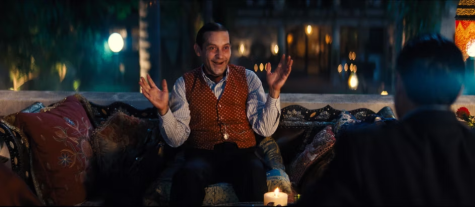
What kept me glued to my seat during the three hour-long movie wasn’t the plot – it was the actors. Even if their characters weren’t as developed as I would have liked, the actors playing them were energetic and ambitious. Over half way through the movie, Tobey Maguire makes an appearance as the leader of a Hollywood Mafia, showing us just how unhinged and creepy he can really be which is refreshing from his more naïve characters like Peter Parker. His character is how I imagined Nick Carraway would have ended up if he stayed in the party scene with Gatsby and Daisy and eventually went crazy. This was undoubtedly one of the more interesting parts of the movie because when Maguire shows up, an even darker part of Hollywood is unveiled to the viewer (who has already seen a multitude of other vices in the movie industry earlier on in the film).
When “Babylon” was initially announced, I wondered if we really needed another movie about Hollywood. What I didn’t expect, however, was that Chazelle was going to take a raw and cynical approach to the industry. With Maguire’s and Adepo’s characters, it was shown that Hollywood isn’t as picturesque as “La La Land” or “Singin’ In the Rain” make it out to be. One of the more interesting parts of “Babylon” was that Chazelle highlighted the difficult transition from silent movies to ones with sound (AKA talkies). While the majority of the film is a talkie, there are a few segments shot as a silent film: The aspect ratio of the screen would change and the image would become black and white. In between each action shot, written dialogue and context would appear on the screen. For this reason, “Babylon” is a movie that should be watched on the big screen in a theater, something Robbie and Cava explain in a segment before the movie begins. In a way, the audience becomes a character in the movie as we watch the silent films Brad Pitt and Robbie’s characters make. It becomes more clear to us then, just how momentous the shift from silent to talkies was because we experienced it for ourselves while watching the movie. It seems as if Chazelle rejected Gene Kelly and Stanley Donen’s portrayal of this transition in “Singin’ in the Rain”, making “Babylon” the complete antithesis.



